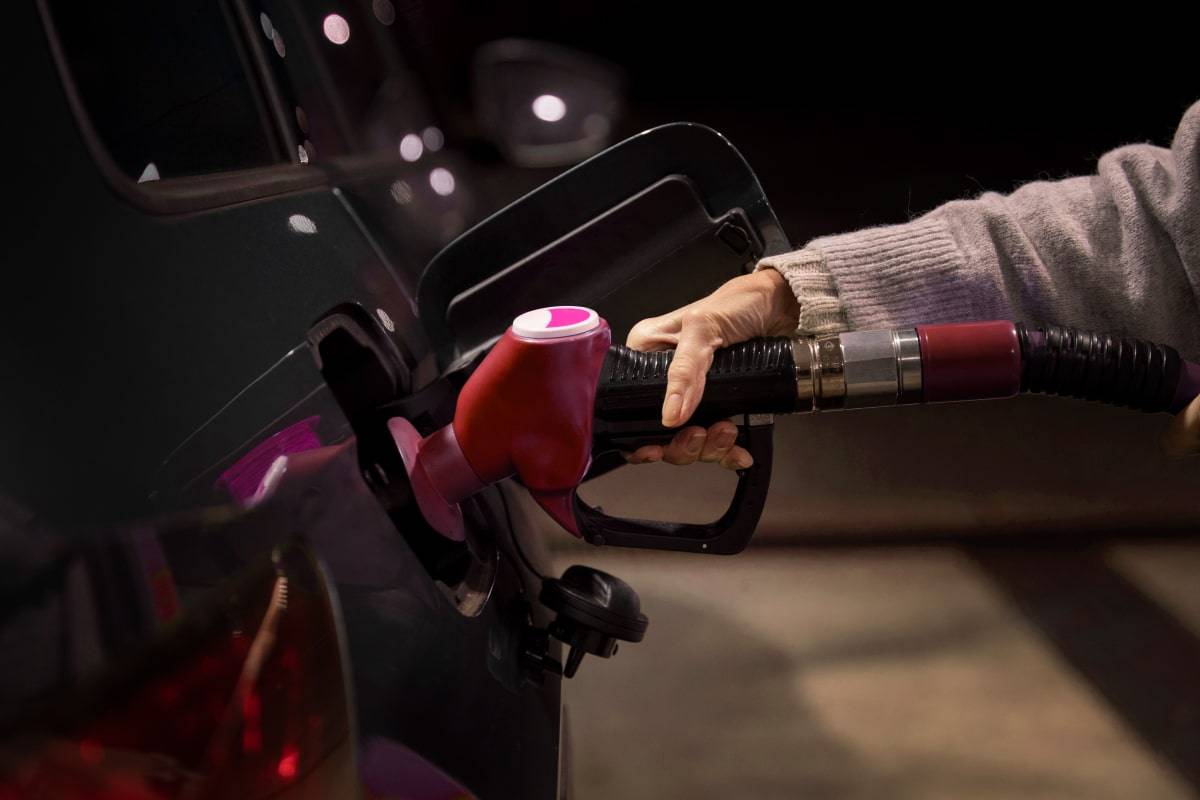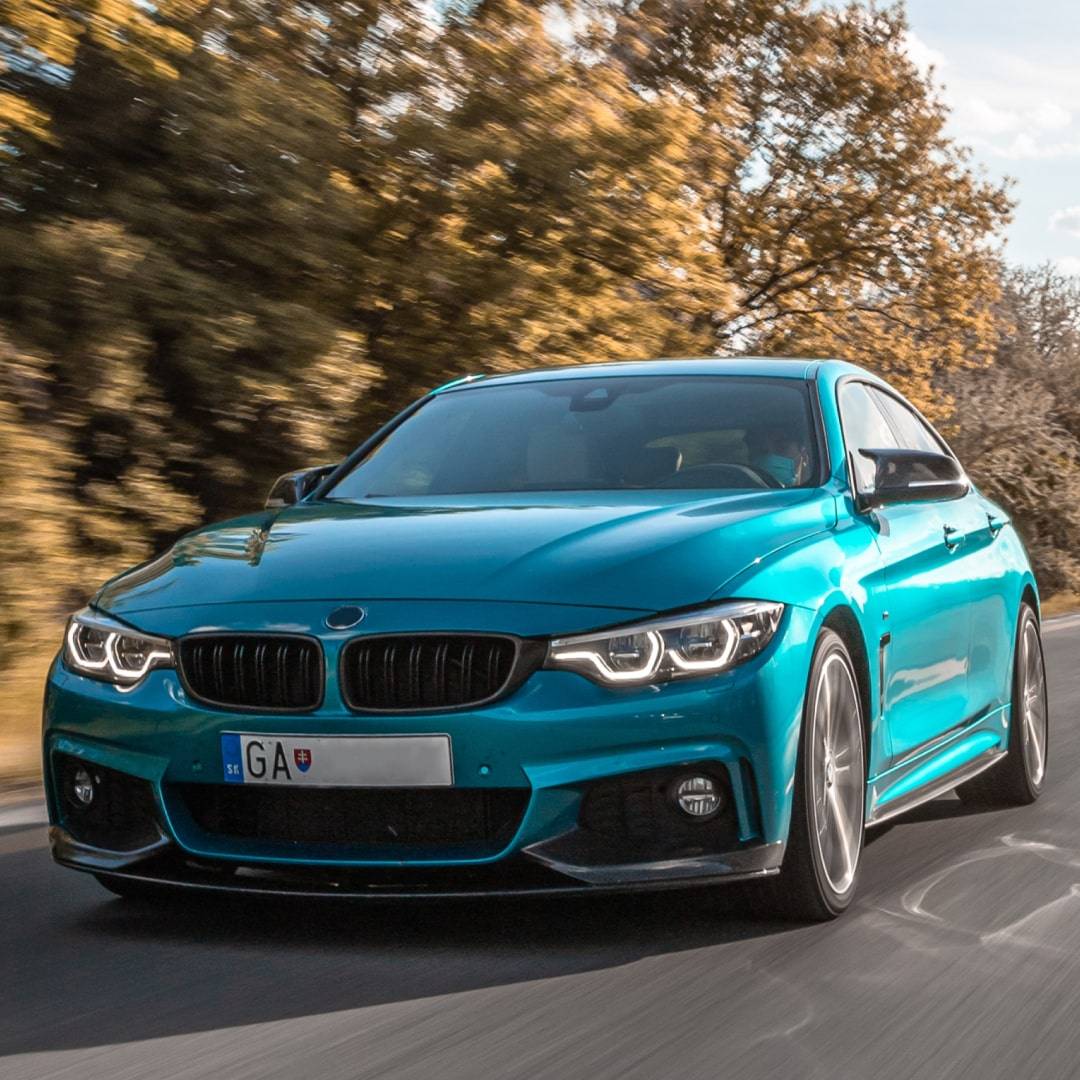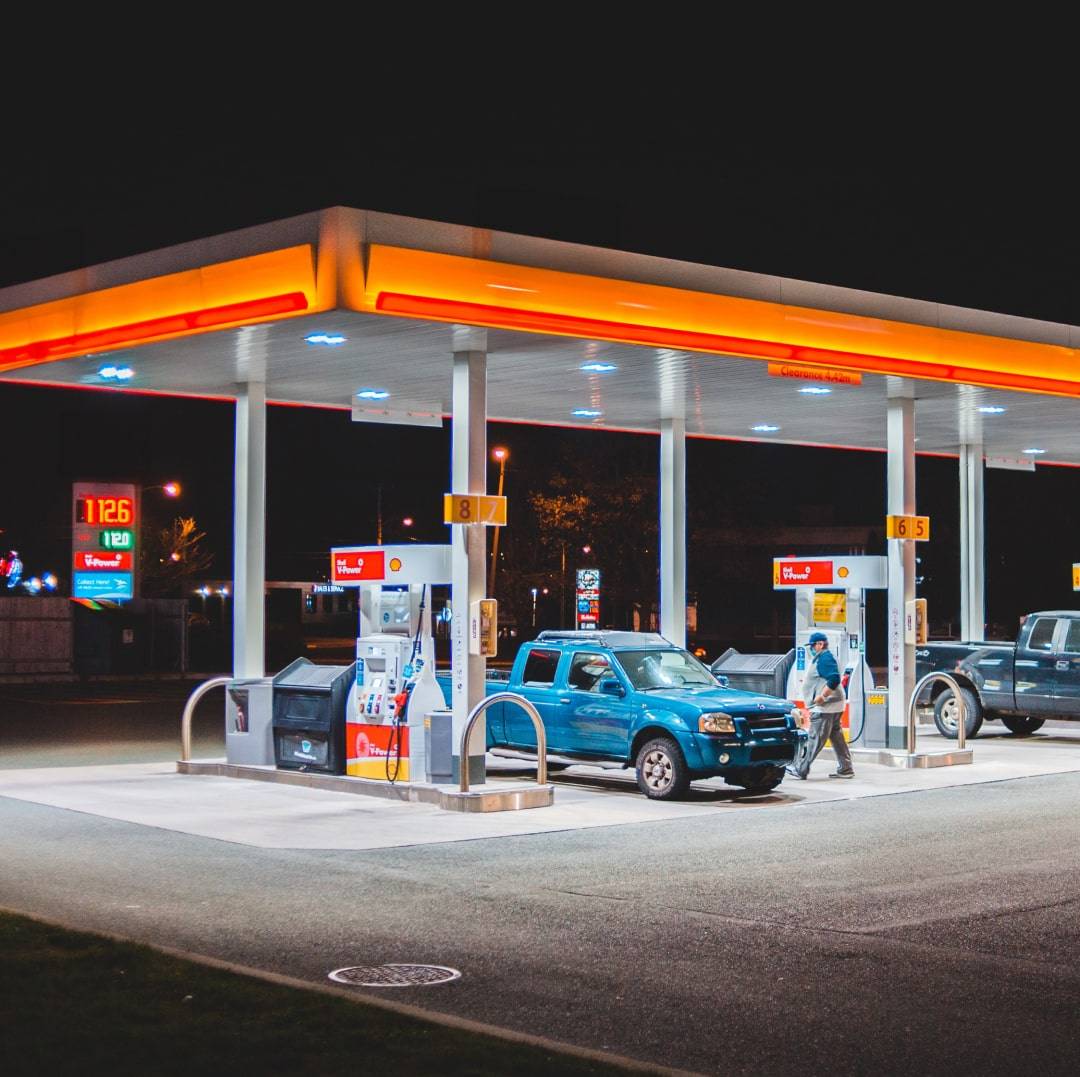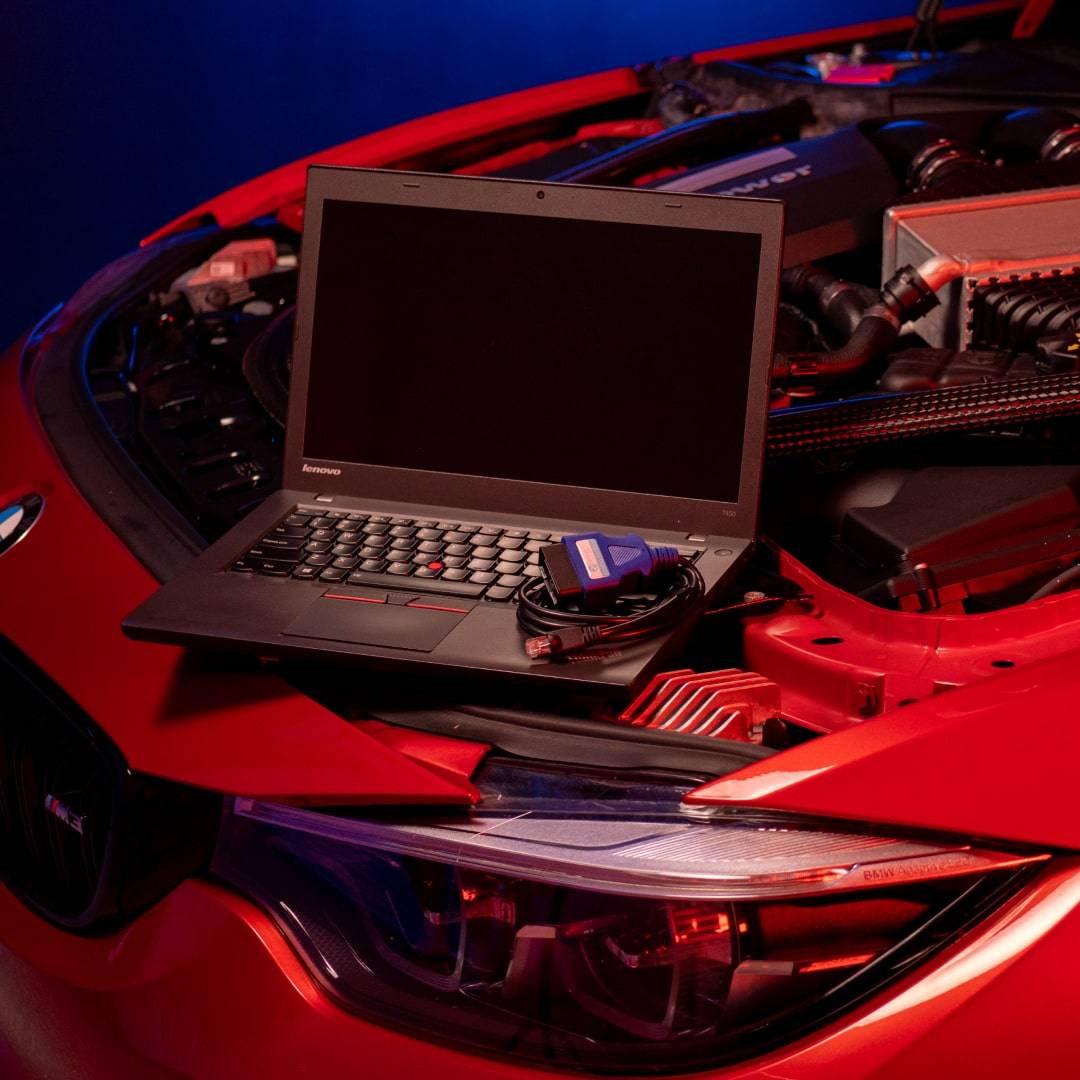[[post.title]]
We're changing for you!
Check out our new website
We're changing for you!
Check out our new website
Jul 31, 2023

For some time now we’ve been digging into details about what lies at the heart (and basically is the heart) of almost every car – the engine. A proper car, that is, not the overweight kettles on wheels popular as of late… Anyways: the machines we all love need “nutrition” in order to function. And that’s what we would like to talk about in this article – fuel.
Join us as we dive deeper into the exciting world of gasoline, octane ratings, and fuel additives. We’ll try to explain even the most complex aspects in a straightforward manner, meaning no science degrees are required! Along the way, you can also count on some myth-busting to clear out the common misconceptions and urban legends, transmitted from one gearhead to another.
Let’s get straight to it then!
When you think gasoline, it’s likely that what comes to your mind is processed crude oil. While that’s true, its production is actually slightly more complex. What’s made by petroleum refineries isn’t a finished product, but only a part of what will be suitable to fuel your car.
The blendstocks (or gasoline blending components) produced in a refinery need to be, well, blended in a specialized facility called a blending terminal. Before they become full-fledged gas, blendstocks are mixed with things like additives, detergents, and ethanol, to either comply with fuel standards or provide some extra protection for the fuel system.
We’ll touch on the additives and how they affect gasoline quality in just a moment. First, let’s take a look at the most important part of fuel from the tuning perspective – ethanol. Which, in short, determines the gasoline’s octane rating and thus how much can be extracted from the given engine with a tune.
For some of you, it might be a good moment to explain…
To simply explain it, the octane rating is a number, which determines how well the fuel can resist detonation, more commonly known as engine knocking. That is, the ignition of the air-fuel mixture happening when it shouldn’t and because of excessive heat. So outside its regular combustion stroke.
Before we get into detail and explain what the octane rating is as well as the systems used in determining it, here’s a brief recap of the four strokes of the internal combustion engine. This should help to better understand the knocking phenomenon.
To sum it all up, there are a few key points to remember about the air-fuel mixture. It should:
So – whenever there is combustion in one of the remaining strokes or it happens erratically we can talk about engine knocking. Sometimes, in its more intensive form, it manifests itself with metallic pinging.
But should you worry about this phenomenon?
As a rule of thumb, your car won’t die from that. Actually, engine knocking can also be present—although infrequent—during normal engine operation. However, if knocking occurs too often or if it’s persistent, the ECU will retard the ignition timing (therefore limiting the power output) and a check engine control will light up on your dashboard. In some cases, the car will also automatically enter the so-called “limp mode” that won’t go away until the issue is fixed.
Obviously, it’s always best to have it checked as soon as possible if you notice any abnormal behaviors. Which includes characteristic pinging sounds or suspicious dash lights. Interestingly, there are actually quite a few engines that, in their stock form, are quite prone to engine knocking – one of them being the BMW N20 engine.
Now coming back to the octane ratings. There are a couple of octane rating measurement methods, like Research Octane Number (RON), Motor Octane Number (MON), and Anti-Knock Index (AKI).
The first one, RON, is the most popular rating type worldwide and it’s what’s provided on the fuel pumps in Europe or Australia. It’s determined by comparative testing – the fuel is burned in controlled test conditions to compare its knocking resistance with that of some baseline mixtures.
On the other hand, what you’ll see on the pumps in the United States is the latter, the AKI, which is basically an average of RON and MON numbers. It is also usually accompanied by certain fuel grade names, namely:
Although the octane rating is one of the most important characteristics of fuel, it’s not the only thing that affects its quality. This is a great moment to circle back to what gets mixed with gasoline blendstocks.
It’s impossible to check the quality of gas you are about to pump into your car on the spot. Yet, we still find it in ourselves to trust the fuel stations and not worry about filling our cars with some random junk.
And that’s exactly where industry standards and government regulations come into play. They specify things like the octane rating we already talked about, additives, volatility, sulfur content, and the presence of contaminants. It’s also the first step in maintaining the overall health of our vehicles. Remember that saying? “You are what you eat…”
But let’s get back to what’s in the gasoline.
When it comes to additives, they are compounds that are mixed with fuel to enhance certain characteristics or provide additional benefits. They can improve engine performance, fuel efficiency, and help maintain the cleanliness of critical engine components.
What are some of the most common gasoline additives?
Next, we’ve got standards pertaining to volatility, which refers to the gasoline's ability to vaporize. Gasoline with the right volatility also ensures easy starting, smooth operation, and reduced emissions.
This parameter is also what sets apart winter-grade gasoline from summer-grade one: high-volatility fuel is suitable for cold weather conditions, while lower-volatility gas is preferred in warmer climates to prevent excessive evaporation. So, when the time comes for a switchover from winter- to summer-grade gas, you’ll start getting fuel that is less prone to vaporization at your local fuel stations.
Lastly, there is the standard regulating the sulfur content. Higher sulfur content can lead to increased emissions of harmful pollutants, such as sulfur dioxide and nitrogen oxides. To address environmental concerns, many regions (like California) have implemented stricter regulations on sulfur content in gasoline, leading to cleaner-burning fuels.
However, before we touch on the state-wide fuel grade differences, it’s worth clearing out some popular misunderstandings regarding the available types of gas.
 As you probably already guessed, the options at the pump go beyond simply choosing between "regular," “midgrade,” and "premium" gasoline. There are several misconceptions surrounding these names, some of them even attaining the status of myths or urban legends.
As you probably already guessed, the options at the pump go beyond simply choosing between "regular," “midgrade,” and "premium" gasoline. There are several misconceptions surrounding these names, some of them even attaining the status of myths or urban legends.
Two very common misconceptions are that premium gas improves performance and BMW gas mileage. In reality, the octane rating of gasoline does not necessarily affect these characteristics. What does it mean from the standpoint of fuel-related engineering?
Many modern vehicles are, in fact, designed with the ability to detect when a higher-octane fuel is used and adjust their operation accordingly to fully benefit from the premium “energy juice.” Knock sensors can detect not only full-time engine knocking but also near-knocking situations within the cylinders.
Along with the readouts from other inputs (e.g., the oxygen sensors), this allows the ECUs to either retard or advance the ignition timing, depending on how much power is needed at a given time.
You’ve probably already guessed it by now, but it’s the changes in the ignition timing that will affect the car’s performance, not the higher octane rating of the gasoline itself. As mentioned earlier, retarding the timing reduces power while advancing the parameter will allow squeezing more of it out.
This brings us to the first misconception about high-grade gas being able to enhance engine performance. It doesn’t really do that. Instead, using it in vehicles designed to run on it lets them achieve their full potential. Precisely due to how they are tuned with a more aggressive ignition timing and higher boost pressures from the get-go.
So, unless you have your car tuned for gasoline of a specific octane rating, you won’t notice any differences in power and torque. Just refueling it with premium fuel is not a way for you to improve the performance of your ride or make it faster.
Additionally, while they can handle running on lower-octane gas in emergency scenarios, engines created with premium fuel in mind will be at a higher risk of engine knocking when filled with regular. They will also most likely suffer noticeable performance drops in such cases.
Okay, but will your BMW achieve better fuel economy when filled with high-octane gas?
The simple answer is – no, not really. The more elaborate one is that although the adjustments in ignition timing could potentially lead to very slight improvements in mileage, the difference will be so minimal (or even negligible) that the fuel cost will greatly offset it. Meaning you’ll still pay more for driving the same distance.
There is also one other thing worth pointing out. To increase the octane rating of gasoline, blending terminals usually increase the amount of ethanol added to the mix. This, in turn, reduces the energy content per volume, since ethanol actually has a lower energy density than pure gasoline.
With all of the above out of the way, the truth is that most regular cars on the roads will run optimally on regular gas and you won’t benefit from the more expensive premium fuel. Interestingly, in automotive history, there were some instances in which high-octane gasoline could actually slightly reduce the vehicle’s performance compared to a low-octane mix, but that shouldn’t be a problem with the more recent designs.
The last thing to note about the nomenclature is that the name of the gasoline grade does not necessarily affect its quality or the content of the additives. Most often though these should be described on the pump.
 Gasoline may seem like something that should be pretty universal across all regions. Despite that, there are notable differences between the types of gas used in the United States and Europe. One of the primary differences is the octane rating systems utilized on the two continents (as mentioned earlier, it’s RON vs AKI).
Gasoline may seem like something that should be pretty universal across all regions. Despite that, there are notable differences between the types of gas used in the United States and Europe. One of the primary differences is the octane rating systems utilized on the two continents (as mentioned earlier, it’s RON vs AKI).
Typically, European gasoline has a slightly higher octane rating. For the most common gas type there, it’s the RON 95 (around 90 AKI), while for the more prevalent “higher-octane” option it’s RON 98 (approximately 93–94 AKI).
Another significant distinction is the presence of ethanol in gasoline. In the United States, ethanol, primarily derived from corn, is commonly blended with gasoline to reduce emissions and enhance octane ratings. Gasoline blends in the U.S., such as E10 (10% ethanol) and E15 (15% ethanol), are pretty common.
In comparison, European gasoline typically contains slightly lower levels of ethanol (5–10%), with the E10 blend only recently starting to gain more traction.
Obviously, fuel quality standards and additives also differ between the United States and Europe. The United States implements the Environmental Protection Agency's (EPA) regulations to control gasoline quality, ensuring that it meets certain standards for emissions and performance. Europe, on the other hand, follows the fuel quality standards set by the European Union (EU).
A very common misconception is also that in the US, the fuel is of low quality. That is untrue and, for the main part, stems from the lower numbers of the AKI octane rating compared to RON, as well as the lower gasoline prices. So long as you stick to your manufacturer-recommended BMW gas type and octane rating, you’ll be good to go!
While the federal regulations are pretty similar across the country, some states have their own additional requirements. For instance, California, New York, and Connecticut have stricter emission standards, leading to the availability of different gasoline grades and formulations.
California, in particular, has a distinct gas grade of fuel called California Reformulated Gasoline (CaRFG), which has a different composition compared to conventional gasoline. Remember the transition from winter- to summer-grade gas we mentioned earlier? While in most states fuel stations are obligated to sell the latter from June 1 to September 15, Californian drivers get it from April 1 to October 31.
Moreover, some states, such as Colorado, Utah, Montana, and Wyoming, situated at higher elevations, may offer lower octane ratings due to the thinner air and reduced risk of engine knocking.
This is somewhat true: because of its lower density, less air flows through your engine, but the gasoline dosage remains the same. Hence the slightly richer air-fuel ratio and minimally lower operating temperatures (rich mixtures cool the combustion chamber down a bit). That’s why in the aforementioned places regular gasoline is rated not at 87, but at 85.
So, as long as you stick to the manufacturer’s recommended BMW gas in your car, you won’t really have to pay too much attention to refueling. Unless you go on a road trip and visit another state – in such instances, always check the local octane rating standards.
Otherwise, you might experience an unpleasantly sounding surprise coming from your engine bay when you finally reach lower altitudes.
So, as long as you stick to the manufacturer’s recommended BMW gas in your car, you won’t really have to pay too much attention to refueling. Unless you go on a road trip and visit another state – in such instances, always check the local octane rating standards.
 Wondering if BMW ECU tuning affects the gasoline requirements? Well, the short answer is yes.
Wondering if BMW ECU tuning affects the gasoline requirements? Well, the short answer is yes.
Tuned cars can often reach higher cylinder pressures, due to adjustments in ignition timing, more boost from a faster spinning or a bigger turbocharger, and higher revs. Because of that, the internal temperature in some parts of the engine can get higher than in normal cars, which increases the chance of engine knocking occurring.
In order to balance the high pressures and increased heat, high-octane fuel can be (and usually is) used. Since it’s much more resistant to engine knocking, it allows to safely extract additional power and torque without compromising the reliability of a car. Of course, that’s just a simplified explanation of the relationship between gasoline and engine tuning – if you would like to explore this subject even further, you might be interested in part 2 of this BMW gas types guide.
Generally speaking, car tuners prefer higher-octane fuels. As a rule of thumb, it’s good to consider 91 octane gas as a minimum for a reliable tune, but going with a 93 gas will provide even better results.
The above also applies to our Awaken Performance BMW engine tuning. If you choose 93 octane gas when ordering your tune, we will be able to keep it less conservative. This means unleashing better performance without any compromises in reliability as opposed to a tune for 91 gas.
You can probably see that there’s much more to gasoline than just crude oil refinement. It’s best to think of it as preparing a protein shake or some healthy after-workout smoothie – staying fit requires appropriate nutrition.
The more physically active folk will need a more complex mixture, just like performance cars need premium gasoline. For normal people, a glass of water will suffice, similar to regular gas for a regular daily car.
Let us know in the comments if you knew anything about fuel before or if you learned something new from this article!
The octane rating is a number that determines how well the air-fuel mixture can resist spontaneous ignition caused by excessive heat outside the regular combustion stroke, which is known as engine knocking.
Higher octane gasoline is strongly recommended for performance cars because of its good anti-knocking resistance, which provides a much greater power potential.
Customer Reviews
Comments
Rate the product
This email is already registered.
Please Log In to continue.
Let us find
the right version for you
We'll confirm pricing, compatibility and product details for your car:
Enter your VINThe octane rating is a number that determines how well the air-fuel mixture can resist spontaneous ignition caused by excessive heat outside the regular combustion stroke, which is known as engine knocking.
Higher octane gasoline is strongly recommended for performance cars because of its good anti-knocking resistance, which provides a much greater power potential.
Customer Reviews
Comments
Rate the product
This email is already registered.
Please Log In to continue.
[[comment.name]]
[[comment.text|raw]]
BimmerTech
Newsletter
[[comment.name]]
[[comment.text|raw]]
BimmerTech